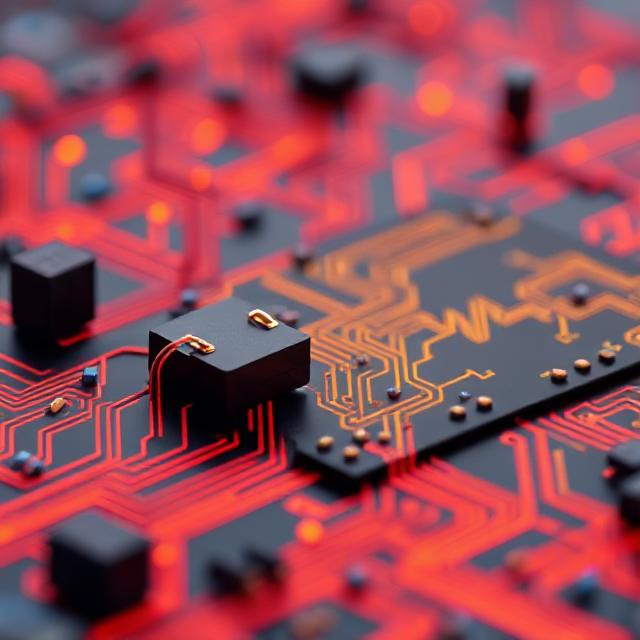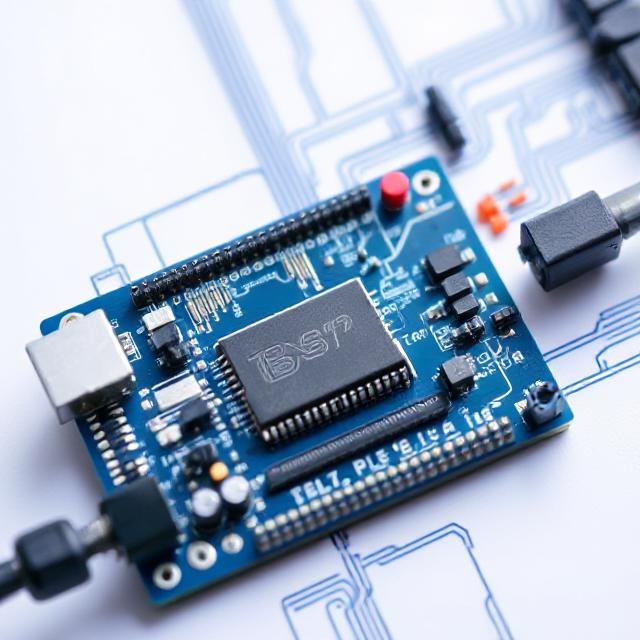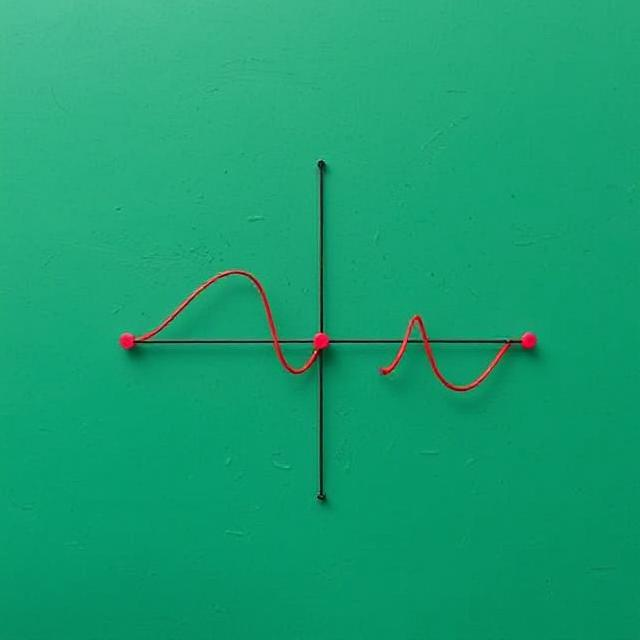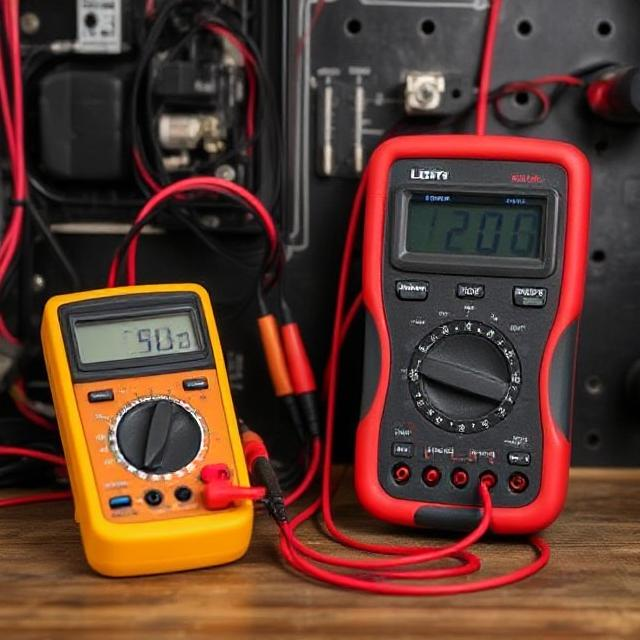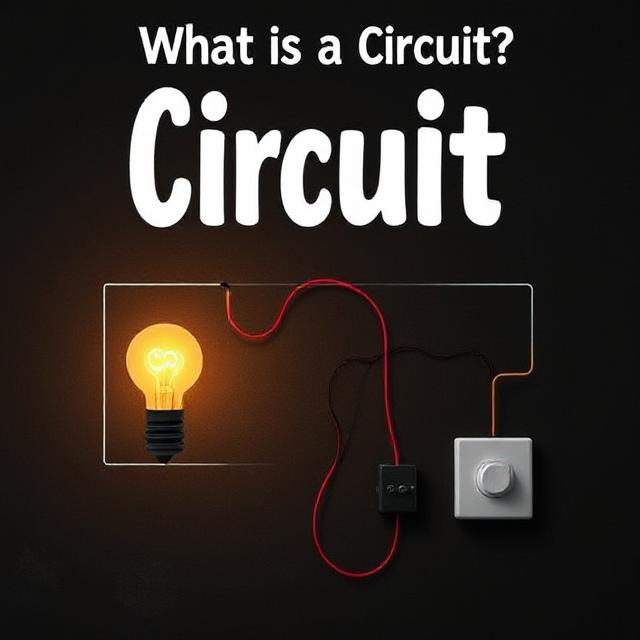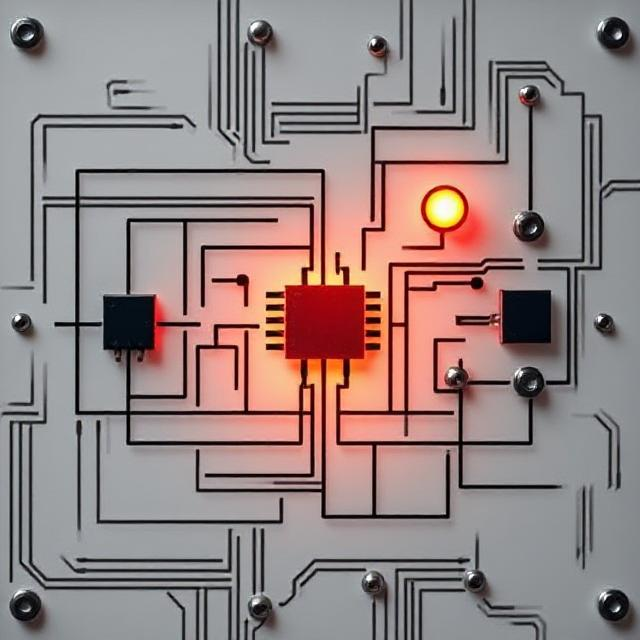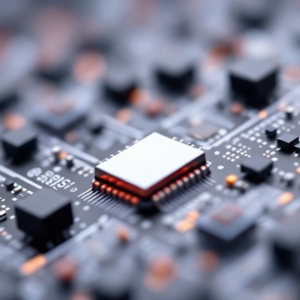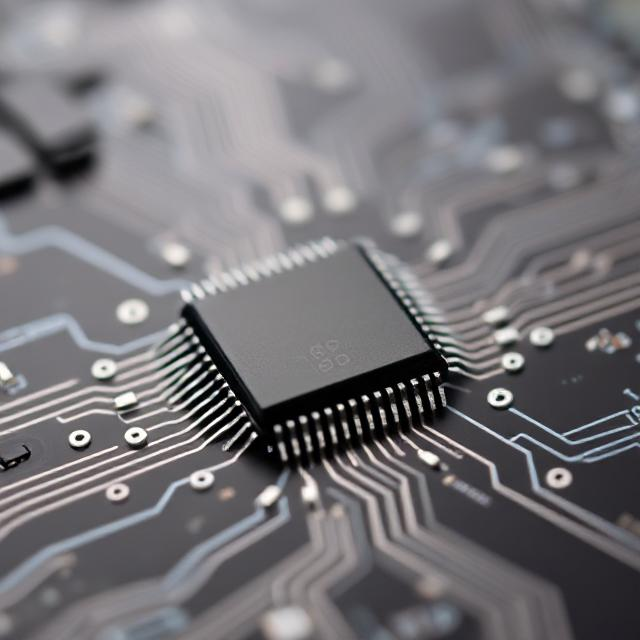Circuit design is evolving rapidly due to advancements in technology, increased demand for higher performance, and the...
Circuit Design Techniques
Design for Manufacturability (DFM) and Design for Testing (DFT) are essential practices in product development. These approaches...
Thermal management is a key aspect of circuit design that directly impacts the performance, reliability, and longevity...
A PCB is made up of different layers, including conductive layers (for traces) and non-conductive layers (for...
Circuit simulation and validation are crucial steps in the design and development of electronic circuits. These processes...
Circuit design is the process of creating electronic circuits that perform specific tasks. These circuits are the...
A linear circuit is a circuit where the output is directly proportional to the input. In simpler...
Circuit design is a critical process in electrical engineering that involves planning and building circuits to perform...
Non-linear circuits involve components whose behavior doesn’t follow a straight line. These circuits are essential for many...
In electronics, a filter is a circuit that allows certain frequencies of a signal to pass through...
Electronic circuit debugging tools are essential for finding and fixing problems in electronic circuits. From the basic...
To troubleshoot an electrical circuit, start by prioritizing safety—always turn off the power to avoid shocks or...
Analog filters are circuits that control which frequencies of a signal are passed through and which are...
Electronic circuit design is the process of creating circuits that make electronic devices work. A circuit is...
Circuit design is all about understanding how electrical components work together to perform a specific function. Whether...
Auto-tuning is the process of automatically adjusting the settings of a system to work optimally without needing...
A transistor is like a tiny electronic switch that can turn electrical signals on or off, or...






